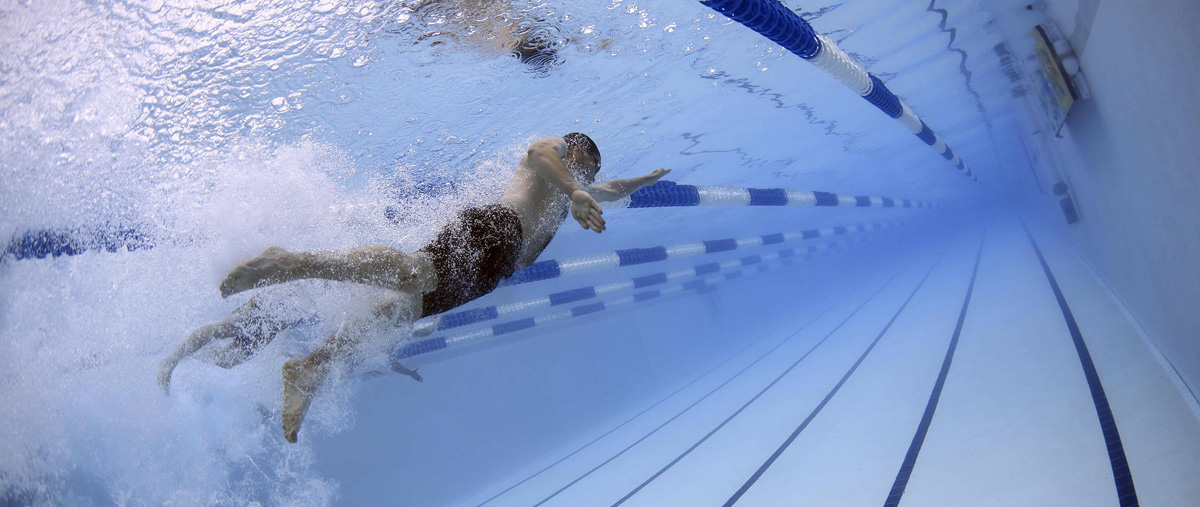Swimming pools and other aquatic facilities can be fun and healthful facilities for a campus and community. Making sure those who use them do so safely is essential to preventing tragedy and protecting your district from major liabilities. Managing the inherent hazards in and around pools along with diligent maintenance and staff training will help you to offer a safer and enjoyable warm weather activity.
You must ensure that your pool facilities are secure from unauthorized and accidental access. Outdoor facilities must be fenced and gated. Fencing needs to be designed to keep small children from squeezing through it and anyone from climbing over it. Pay attention to the location of benches or other objects outside the fencing that could give a boost to someone attempting to go over the barrier. Indoor facilities require similar safeguards. Never permit access doors to be propped open, particularly exits to the outside.
Require that your staff who operate pool facilities have proper and current lifesaving and CPR certifications, including lifeguards and supervisors. It’s important to closely supervise your lifeguard staff to be certain they remain focused on their responsibilities, enforce safety rules and are not distracted by socializing. Regular staff training is a best practice that reinforces team readiness and helps ensure that rescue equipment is in good shape.
"Closely supervise lifeguards to focus on their responsibilities and enforce safety."
When performing equipment maintenance and water treatment, keep accurate records of the dates, chemicals used and testing results. Repairs and installation should be done only by qualified technicians. Inspect daily for hazards, particularly for drain outlet covers that prevent suction entrapment injuries. Post all required signage, including how to contact emergency services and your facility address, as well as marking areas of the pool where diving is prohibited.
Insurance issues for you to evaluate include:
- Sufficient liability limits
- Exclusions that restrict who may be allowed to use the pool facilities (such as outside groups or individuals who are not staff or students)
- Any provisions that could create coverage gaps
If the pool is available to community groups or the public, child supervision is always a must. In the event of any injuries, the incident should be promptly investigated and documented.
Using best practices for safety and loss control is the starting point for keeping your aquatic facilities a place for great fitness benefits and enjoy a cooling break from the summer heat.


